Compression Garments After Liposuction: How Long to Wear?
Body Plastic Surgery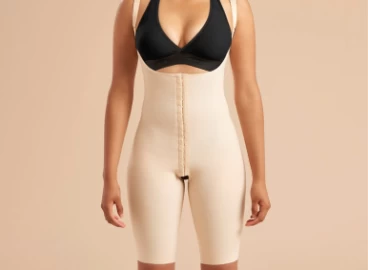
Liposuction is a popular cosmetic procedure that aims to remove excess fat deposits from specific body areas, resulting in a more sculpted and contoured appearance. While liposuction can provide significant results, it is essential to understand the importance of post-operative care to optimize the healing process and achieve desired outcomes.
One crucial aspect of liposuction aftercare involves using compression garments after liposuction, which play a vital role in aiding recovery and enhancing the overall effectiveness of the procedure.
This specially designed post-lipo compression garment provides numerous benefits, such as reducing swelling, improving blood circulation, and promoting skin retraction. In this article, we will discuss the significance of compression garments in liposuction recovery, exploring their various advantages and how they contribute to achieving optimal results.
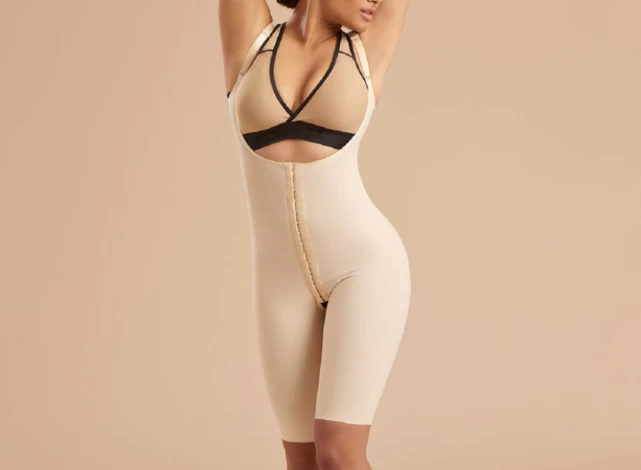
What Are Compression Garments?
Compression garments are specially designed to provide support and compression to the treated areas after lipo surgery. They are typically made of elastic materials such as spandex or nylon and are available in various styles, including bodysuits, girdles, and sleeves.
These garments are designed to fit snugly around the body, applying gentle pressure to the treated areas. Patients should wear their compression garments immediately after surgery for a certain period (as directed by the surgeon) 24 hours a day, except when showering or washing the post-lipo compression garment.
How Long Can You Wear Compression Garment After Lipo?
It takes about eight weeks to heal from liposuction fully. Sometimes it takes longer, and sometimes it takes less. When the body is recovering, it must be covered by different compression levels at different times. Primarily, it is critical to obtain sufficient rest following a liposuction procedure.
Compression garments will be worn after the treatment and for a few weeks afterward. The surgeon will be in direct communication regarding the specifics of your schedule. During your first visit after the surgery, your doctor will probably have you wear a compression garment with a lower level of compression. This is the second stage of recovery.
In Stage 2, the garments are not as big as the first ones, making them easier to hide under everyday clothes. At this point, you ought to feel better and be able to do light activities again; thereby, you'll need compression garments that fit your lifestyle.
What Are the Benefits of Wearing Compression Garments After Liposuction?
Wearing post lipo compression garment can provide numerous benefits for post-liposuction recovery. Some of these advantages may include:
- Reduced swelling
- Improved blood circulation
- Skin retraction
- Minimized bruising
- Minimized Pain or Discomfort
- Hematoma Prevention
- Seroma Prevention
- Scarring Prevention
- Faster Recovery
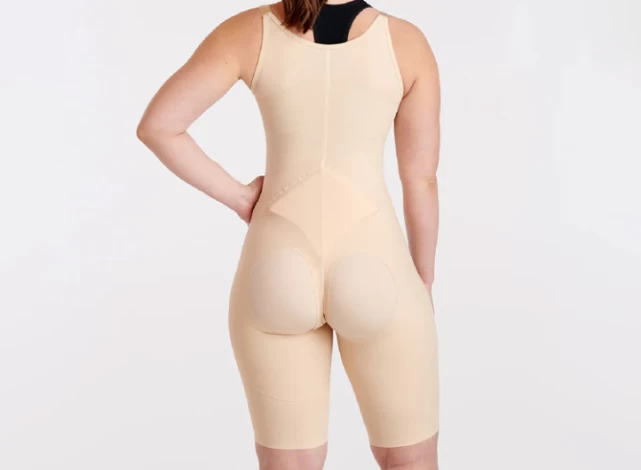
Reduced swelling
Compression garments help to reduce swelling after liposuction by applying pressure to the treated areas. This compression helps to prevent fluid buildup and promotes drainage, leading to faster recovery.
Improved blood circulation
Compression garments after liposuction improve blood circulation in the treated areas, which helps to deliver oxygen and nutrients to the tissues. This can aid in healing and reduce the risk of complications such as blood clots.
Skin retraction
Wearing compression garments after liposuction can promote skin retraction, helping the skin to conform to the new body contours. This can result in smoother and more even-looking skin.
Minimized bruising
Liposuction traumatizes the blood vessels under the skin, resulting in bruising. Compression garments can help minimize bruising by providing support and reducing tissue movement.
Minimized Pain or Discomfort
Compression garments support the treated areas, which can help \lower discomfort and pain during the liposuction recovery time. They can also provide security and stability, allowing patients to move more comfortably.
Hematoma Prevention
Hematomas are pockets of blood that can accumulate under the skin after liposuction surgery. Compression garments can help minimize the risk of hematoma formation and promote faster recovery by promoting proper drainage and reducing the risk of ongoing bleeding.
Seroma Prevention
A seroma is a pocket of fluid that can develop under the skin after surgery, including liposuction. Wearing compression garments after liposuction can help prevent the formation of seromas by applying pressure to the treated areas. This pressure helps promote proper fluid drainage, reducing the risk of fluid buildup and the formation of seromas.
Scarring Prevention
By applying constant pressure to the treated areas, compression garments can help to flatten and smooth the skin, reducing the appearance of scars. They can also help to prevent the formation of keloids, which are raised and thickened scars that can occur after surgery.
Faster Recovery
Compression garments promote faster recovery after liposuction by reducing swelling, improving blood circulation, enhancing lymphatic drainage, providing comfort and support, reducing the risk of complications, and enhancing the final results.
Additionally, compression garments make it easier for patients to return to their pre-operative exercise routine. Compression garments provide support and reduce discomfort, allow patients to engage in light activities and gradually increase their physical activity levels, contributing to a faster recovery.
How to Choose a Compression Garment After Liposuction?
Choosing a suitable compression garment after liposuction involves several factors to consider. These factors are as follows.
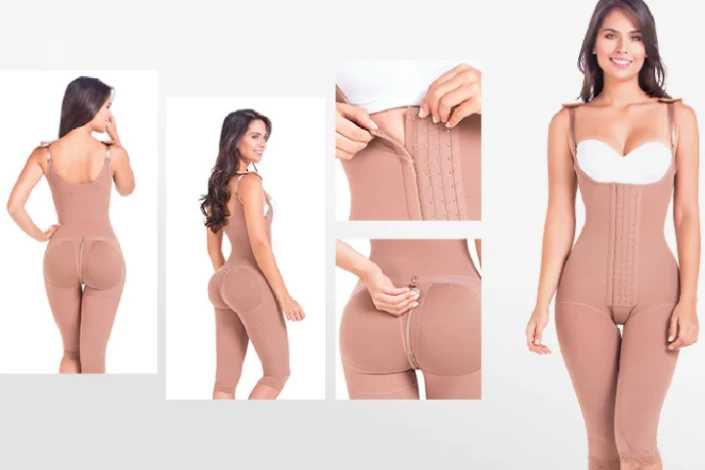
Size and fit
Proper sizing and fit are crucial for effective compression. Take accurate body measurements, especially the areas where liposuction was performed. Most manufacturers provide sizing charts that correlate measurements with garment sizes.
Level of compression
Compression garments come in different compression levels, ranging from mild to firm. The surgeon can recommend the appropriate level based on the patient's needs.
Style and design
Compression garments are available in various models, including bodysuits, girdles, shorts, or sleeves. Consider your comfort and convenience when choosing the style that suits you best.
Material and breathability
Look for garments made from breathable and moisture-wicking materials to ensure comfort during long wear and avoid fabrics that may cause irritation or allergies.
Quality and durability
Invest in a durable, high-quality compression garment that will last throughout the lipo recovery time.
What Happens If You Don't Wear Compression Garment After Lipo?
The consequences of not wearing compression garments after liposuction may include:
Increased swelling
Compression garments help reduce swelling by applying pressure to the treated areas. Without compression, swelling can persist longer and may be more pronounced.
Increased bruising
Compression garments can help minimize bruising by reducing blood pooling and promoting proper circulation. Without compression, bruising may be more extensive and take longer to fade.
Uneven or Asymmetrical Contouring
Compression garments help the skin adhere to the underlying tissues, promoting smooth and even healing. Without compression, there is a higher risk of developing irregularities or lumps in the treated areas.
Prolonged recovery time
Compression garments aid in healing by providing support on the surgical site. Without compression, the body may take longer to heal, leading to a prolonged lipo recovery time.
Increased discomfort
Compression garments can help alleviate post-liposuction discomfort by providing support and reducing swelling. Without compression, patients may experience more pain and discomfort during recovery.
Increased risk of complications
Without compression, there is an increased risk of developing complications such as seromas (fluid accumulation), hematomas (blood clots), or infection at the surgical site.
How Do Compression Garments Affect Post-Liposuction Recovery?
Compression garments provide support and compression to the treated areas during post-liposuction recovery. They help reduce swelling, improve blood circulation, promote skin retraction, minimize bruising, provide support and comfort, and enhance overall results. Compression garments are crucial in optimizing the healing process and ensuring desired outcomes after liposuction surgery.

How Tight Should the Compression Garment Be After Liposuction?
The compression garment should be snug and provide a firm but comfortable level. It should not be too tight to the point of causing pain or restricting blood flow. The post-liposuction garment should fit well and support the treated areas without causing any discomfort or skin indentations. A suitable, well-fitting compression garment should stay put and not roll up during wear.
Why to Perform Liposuction in Iran?
With highly skilled surgeons, advanced medical facilities, affordable costs, and comprehensive medical tourism support, Iran is the ideal destination for liposuction procedures.
Iranian, well-experienced plastic surgeons have undergone extensive training and education, ensuring patients receive the best care possible. Many of them have gained international fame for their expertise in liposuction procedures.
In addition, Iran has state-of-the-art medical facilities that are equipped with the latest technology and equipment. These facilities adhere to strict safety and hygiene standards, ensuring a safe and comfortable surgical experience.
Liposuction in Iran is significantly more affordable compared to many other countries. This allows individuals to undergo the procedure at a lower cost without compromising on the quality of care or the expertise of the surgeons. On average, the cost of liposuction in Iran can range from $1,000 to $3,000 per area. Patients can save up to 50% on their procedure without compromising quality.
Our team at Raadina Health specializes in providing top-quality liposuction procedures in Iran at affordable prices. Contact us today to learn more about our affordable liposuction packages. Let us help you transform your life and regain your confidence!
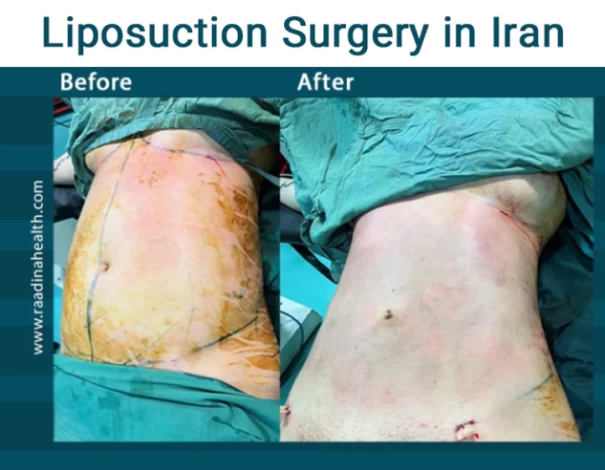
Frequently Asked Questions About Compression Garments
Can I Compress Too Much After Lipo?
Excessive compression can restrict blood flow and impede the healing process. It is important to follow your surgeon's instructions regarding the appropriate compression level and wear duration for your compression garments. Over-compression can also cause discomfort, skin irritation, and other complications.
Is Wearing a Compression Garment Enough After Liposuction?
While a compression garment is essential to liposuction aftercare, it may not be enough on its own. It is important to combine a compression garment with other post-operative instructions provided by the surgeon. These instructions may include maintaining a healthy diet, staying hydrated, avoiding strenuous activities, and taking prescribed medications.
Can I Take My Compression Garment off for a Few Hours?
It is generally recommended that patients wear the compression garment continuously for the first few weeks after liposuction, including during sleep and while resting. However, it is crucial to adhere to medical advice and avoid sleeping without the compression garment after lipo, as doing so may increase the risk of swelling, bruising, and other potential complications. While it is permitted to take off the garment for short periods, such as during showers or when changing clothes, it is essential to prioritize wearing it as instructed to support the healing process and achieve optimal results.
What are the Risks of Wearing a Compression Garment?
Wearing a compression garment after liposuction is generally safe and beneficial. However, there are some rare potential risks and complications associated with wearing compression garments. These risks may include skin irritation or rash, numbness or tingling, and difficulty breathing or discomfort. Therefore, choosing a well-fitting garment and following proper hygiene practices is important to minimize these complications.
How long should I wear a compression garment after liposuction?
Most surgeons recommend wearing a compression garment for at least 4 to 6 weeks after liposuction. This helps reduce swelling, supports healing, and improves skin tightening around the treated area.
Can I sleep without a compression garment after lipo?
In the first weeks, it’s important to wear your compression garment even while sleeping. Skipping it too early may increase swelling and slow recovery. After your surgeon clears you, you can gradually reduce nighttime use.
What happens if you don’t wear compression after liposuction?
Without compression, you may experience prolonged swelling, uneven skin healing, or fluid buildup (seroma). Wearing the garment consistently helps achieve smoother results and lowers complications.
How tight should a compression garment be after lipo?
It should be snug enough to provide support and reduce swelling but not so tight that it cuts off circulation. If you feel numbness, pain, or tingling, the garment may be too tight and should be adjusted.
When can I stop wearing compression after liposuction?
For most patients, continuous wear is recommended for 3–4 weeks, followed by part-time wear for another few weeks. However, the exact timeline depends on the extent of your surgery and your doctor’s advice.


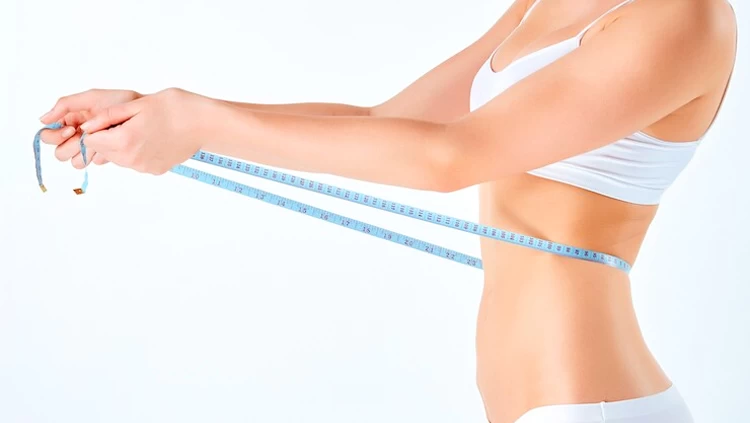
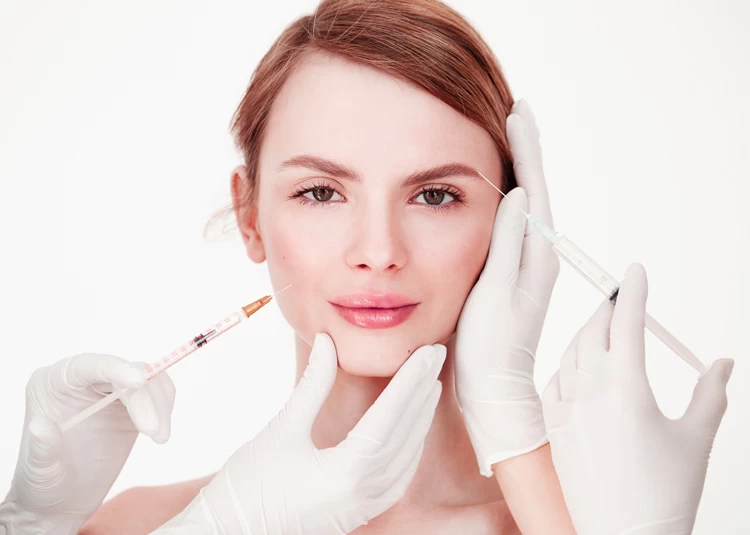
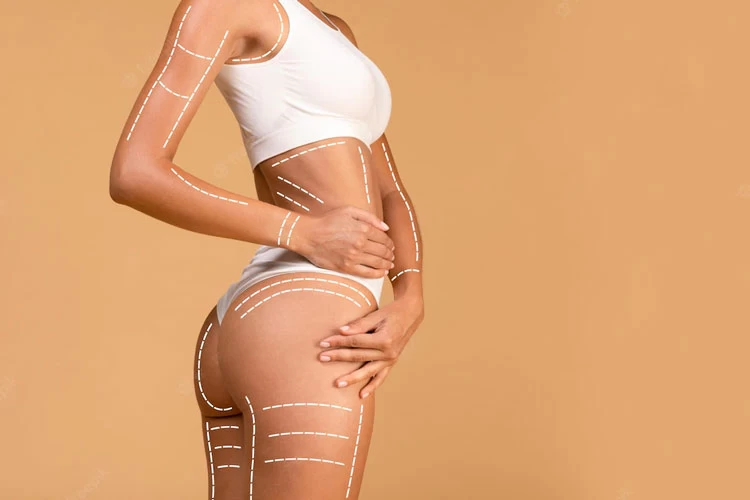


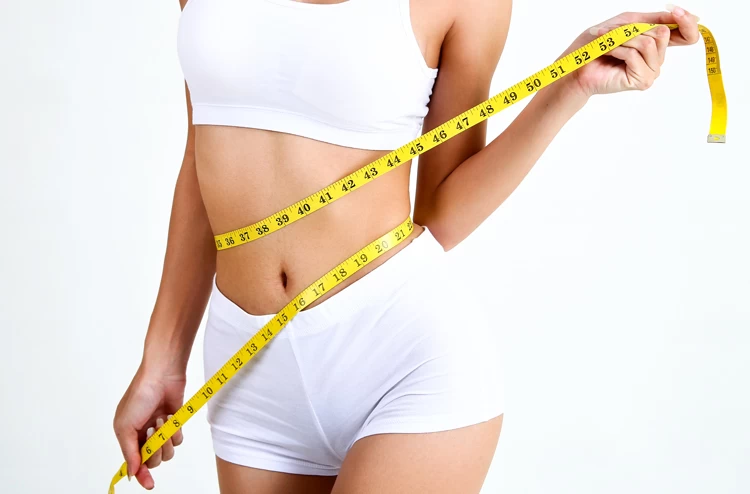

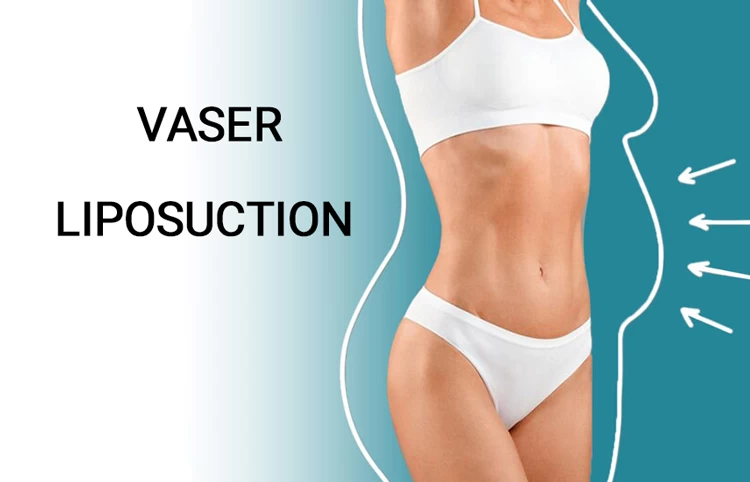
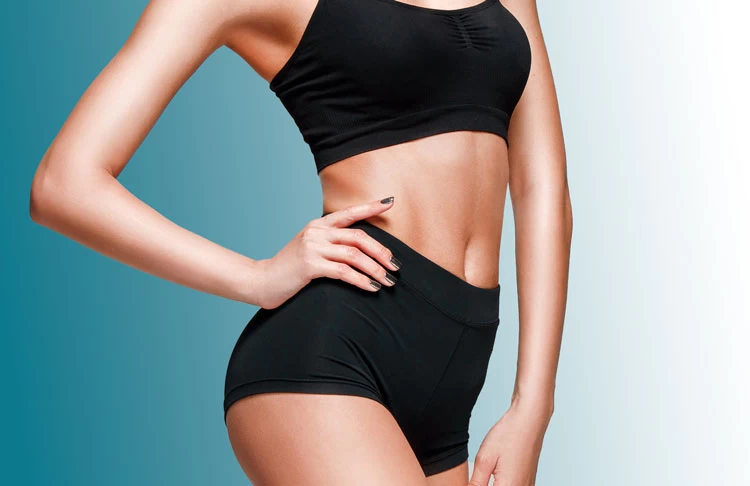
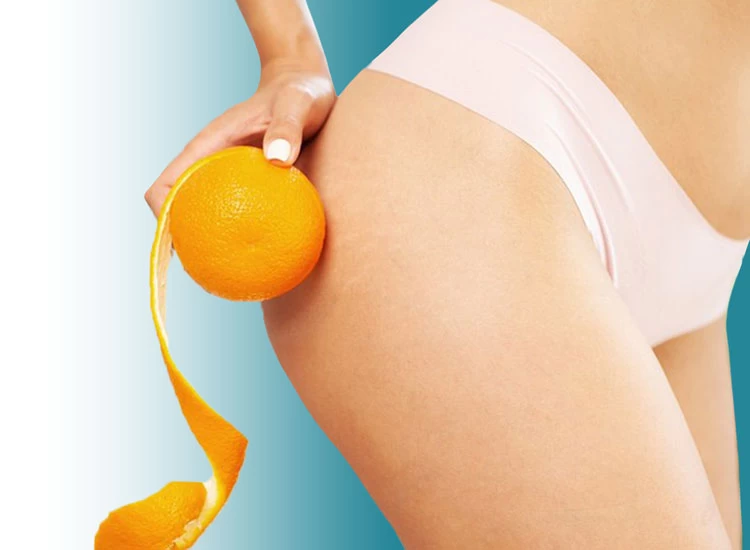
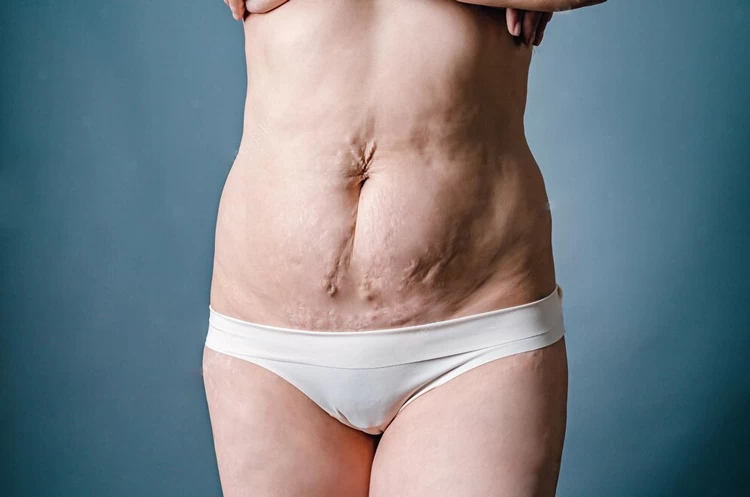
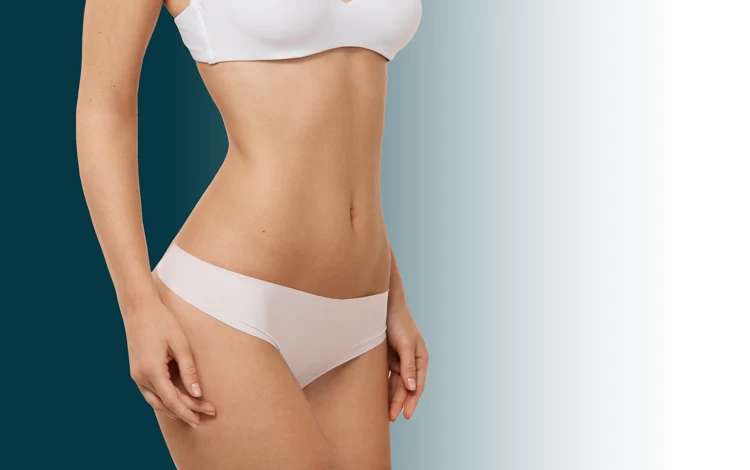
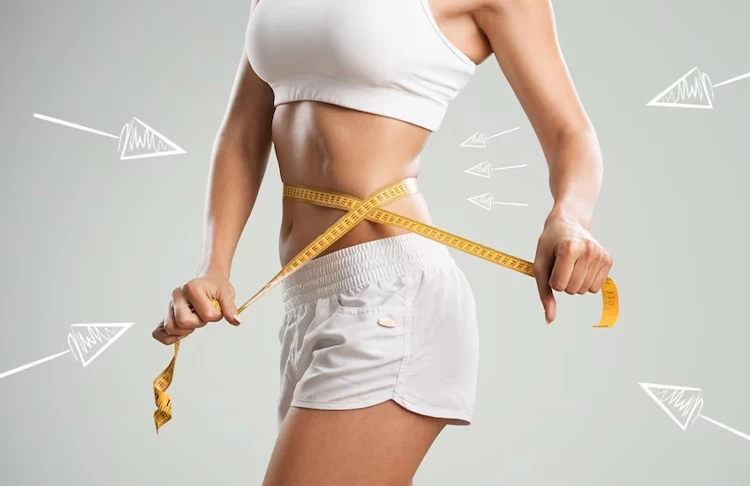
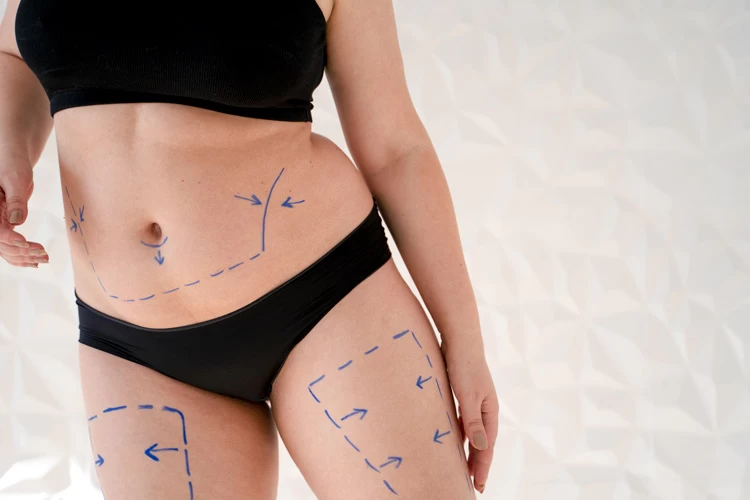
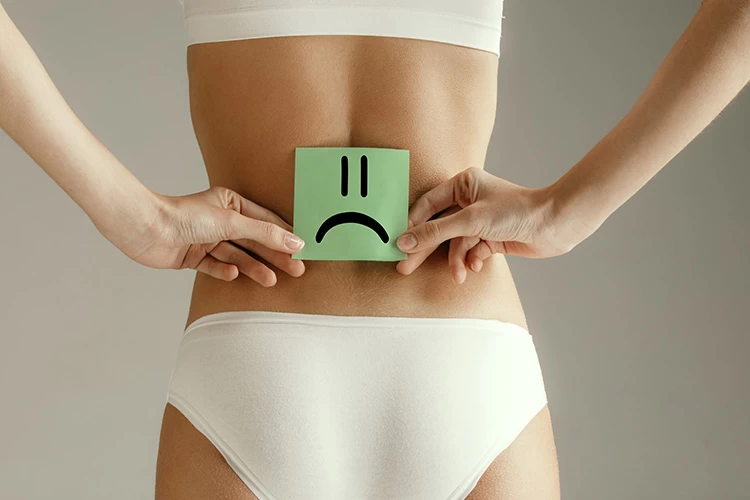

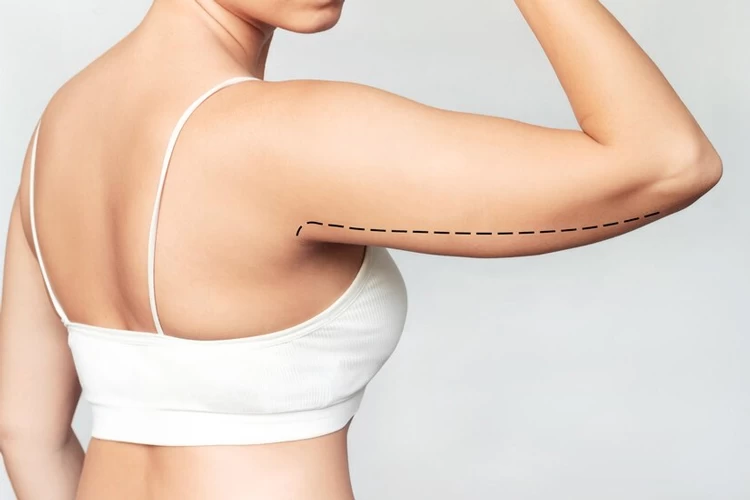
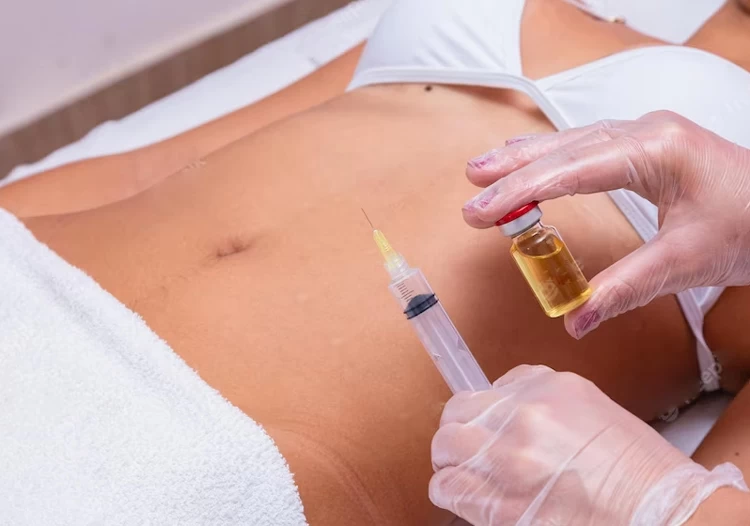
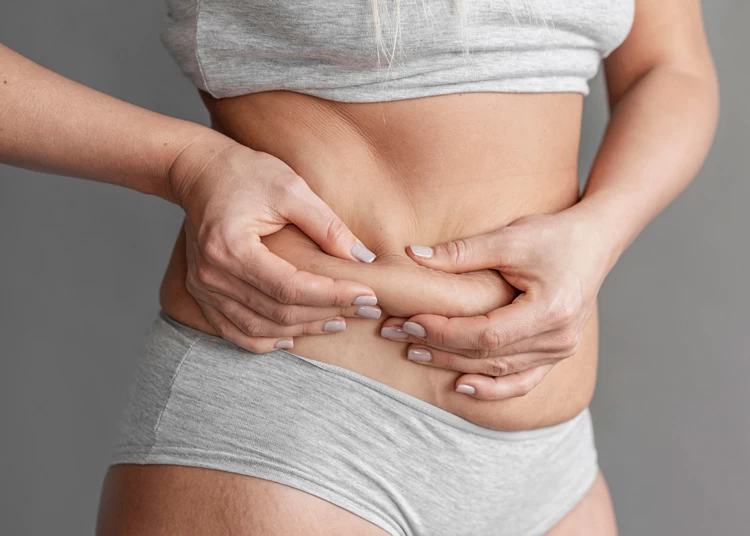
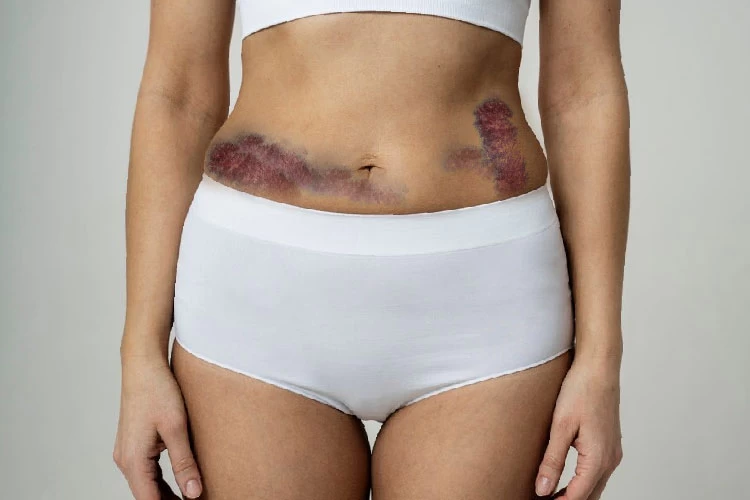
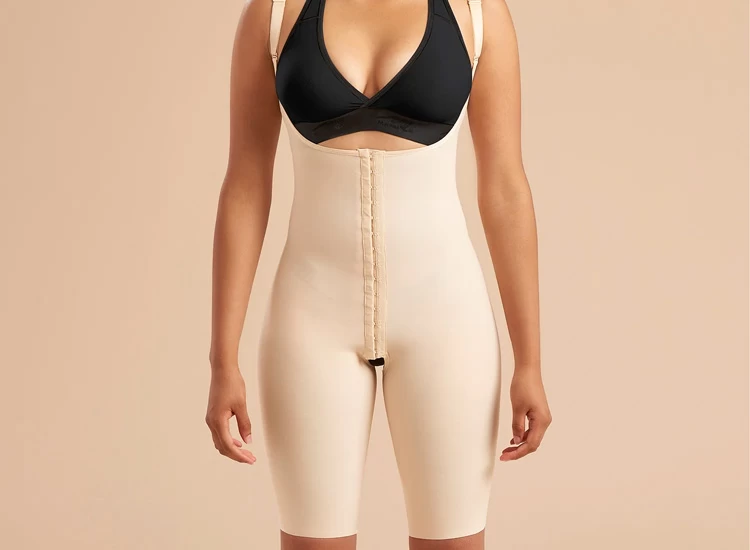
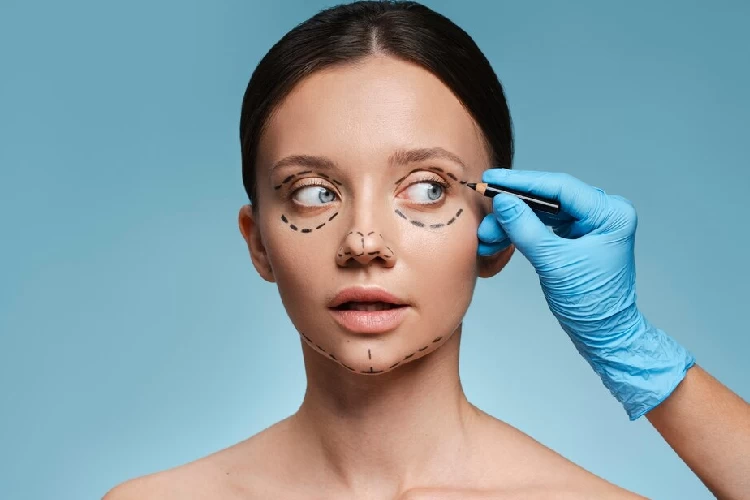
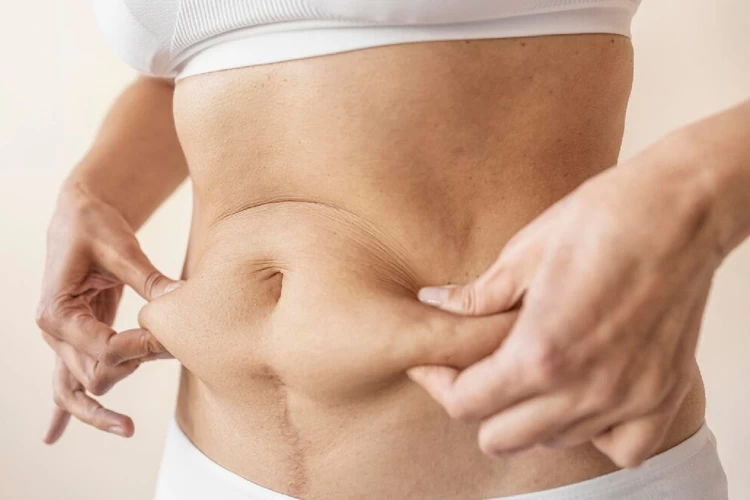
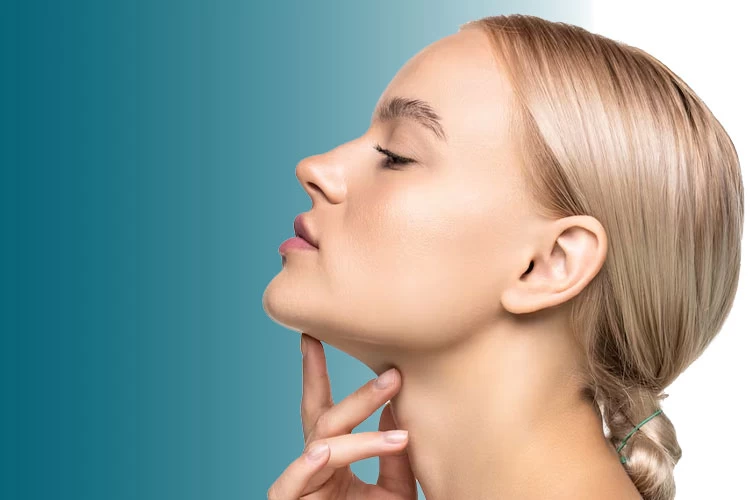
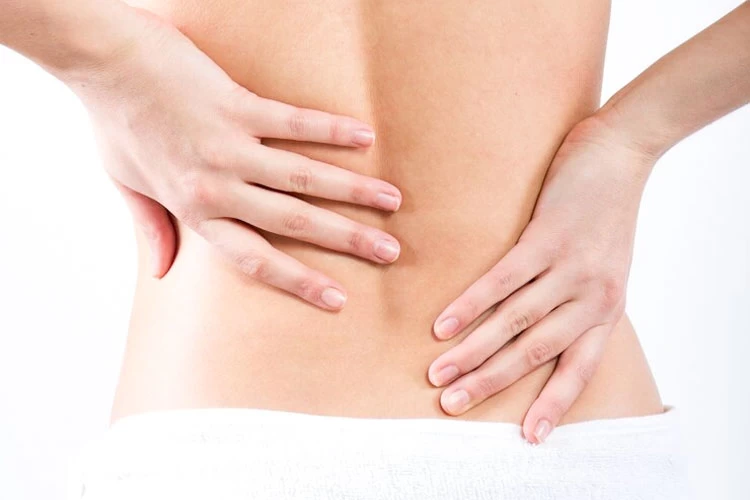
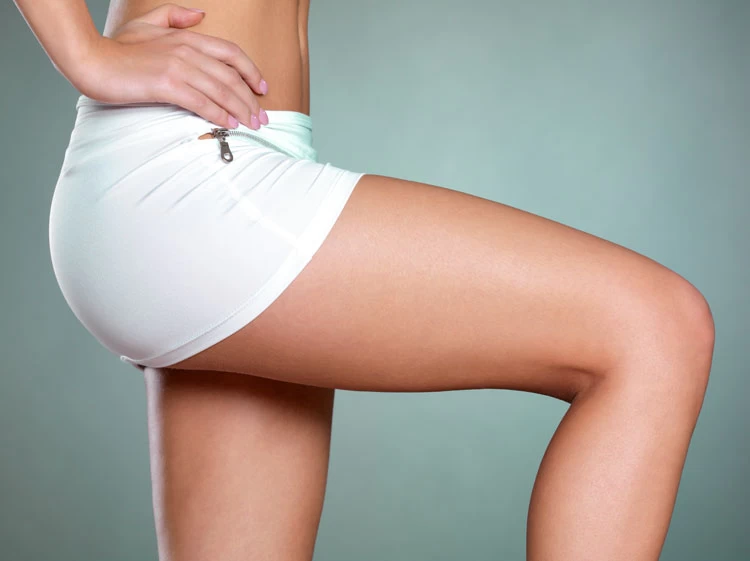
No reviews
Your comment